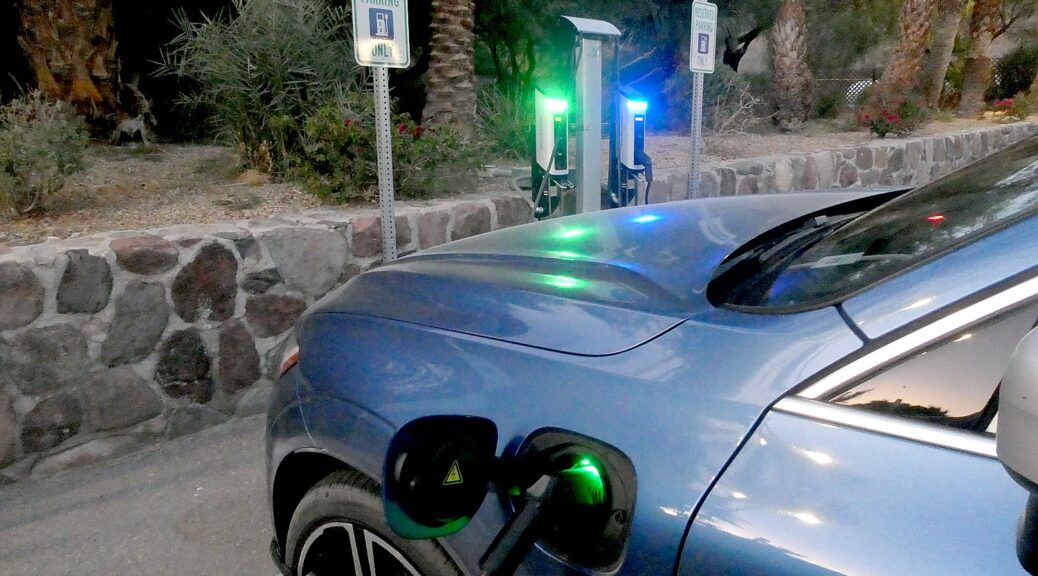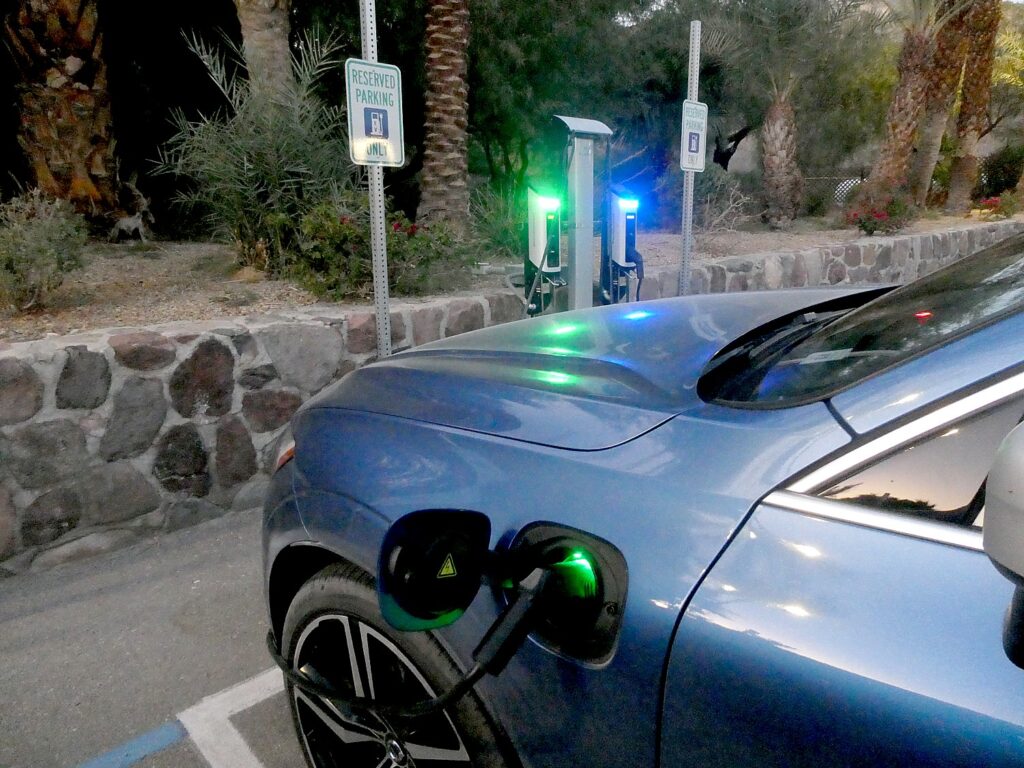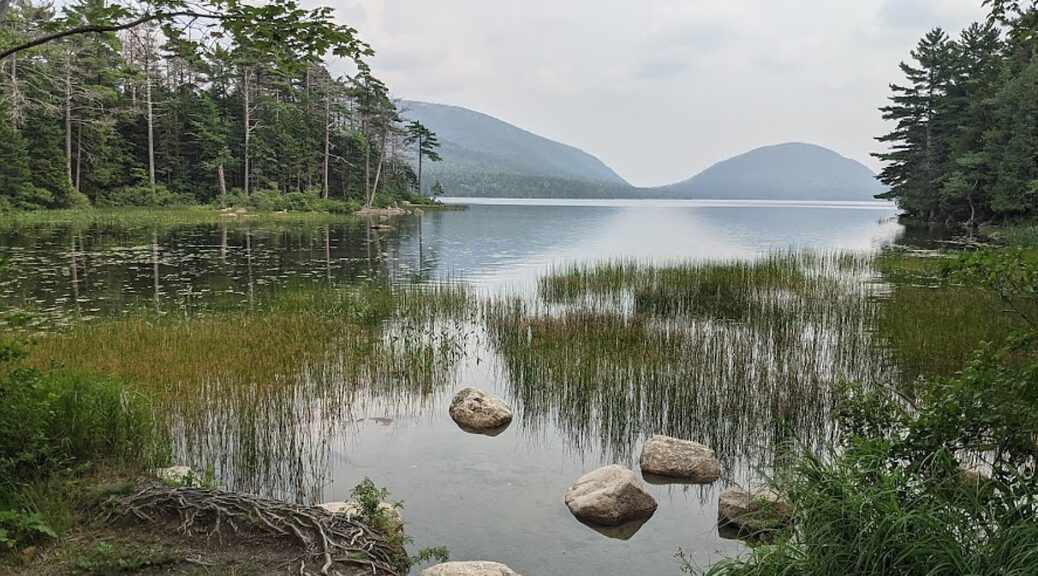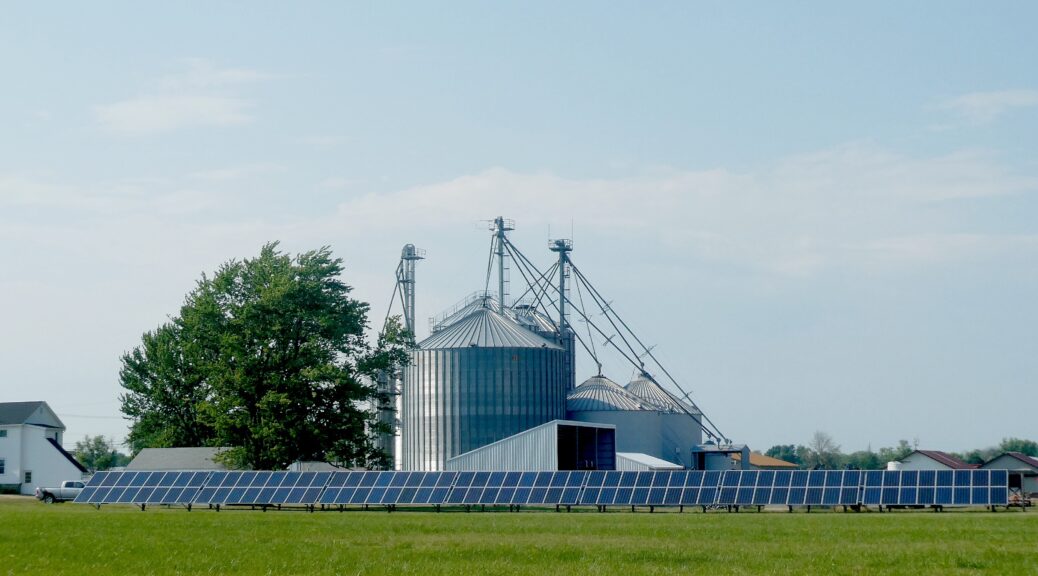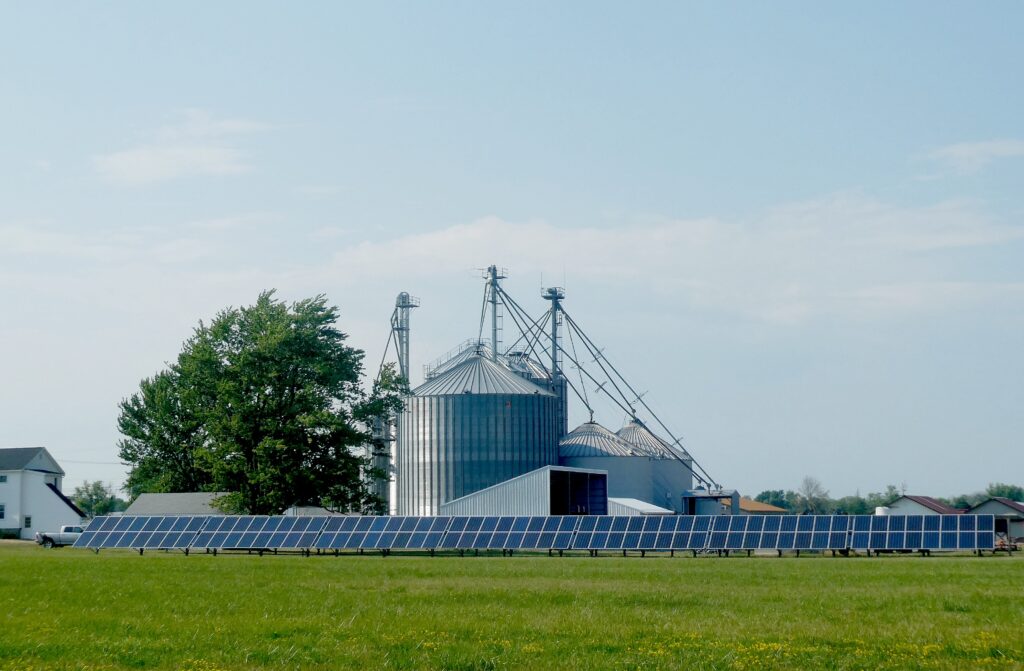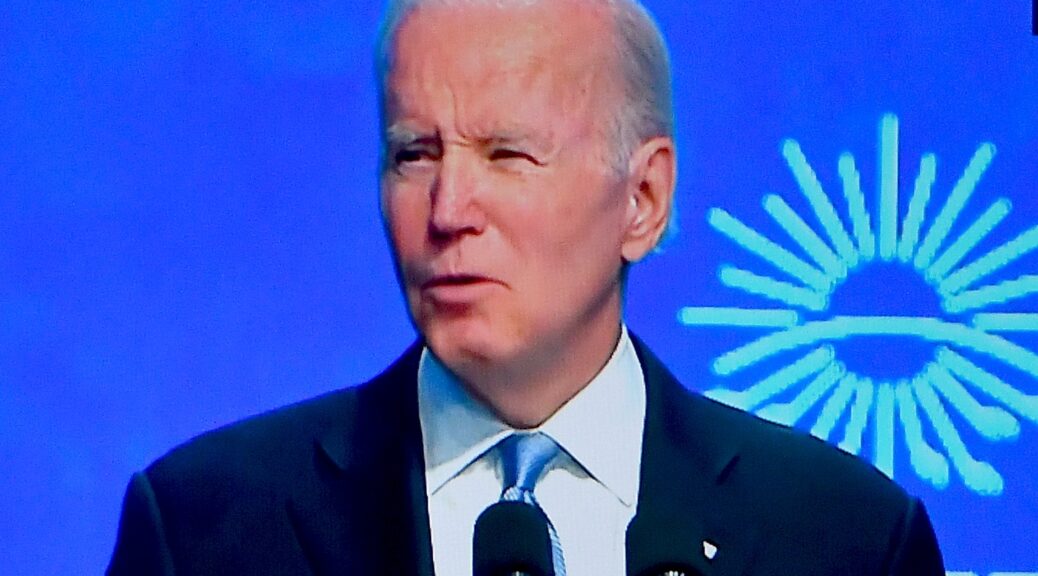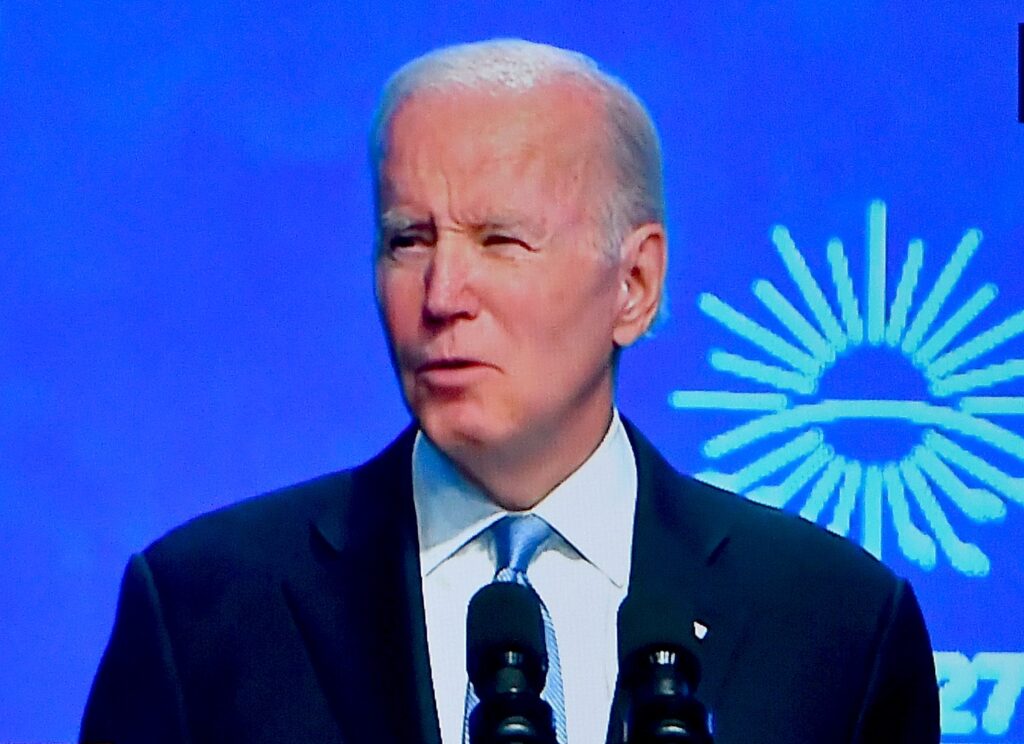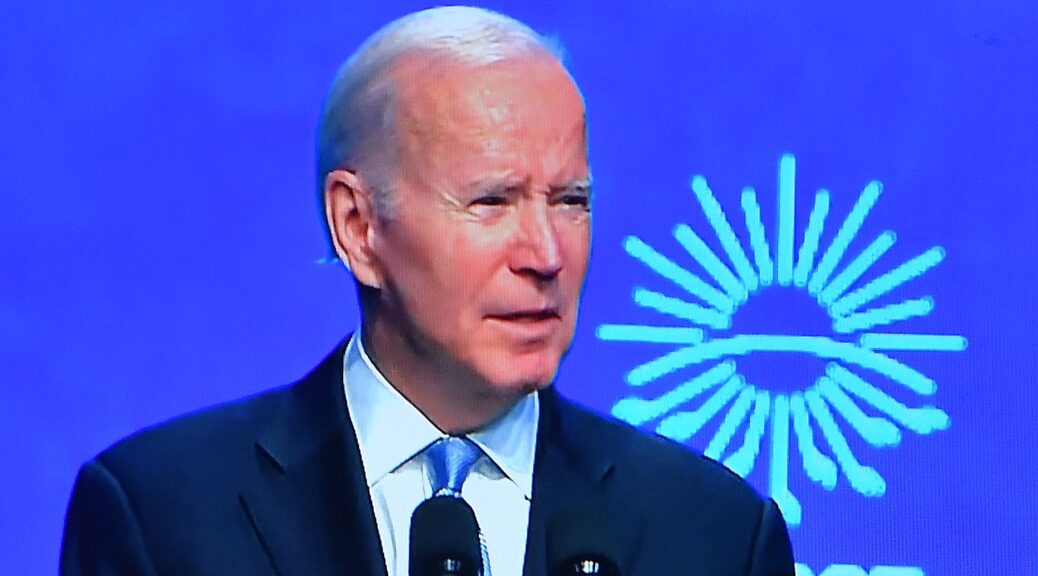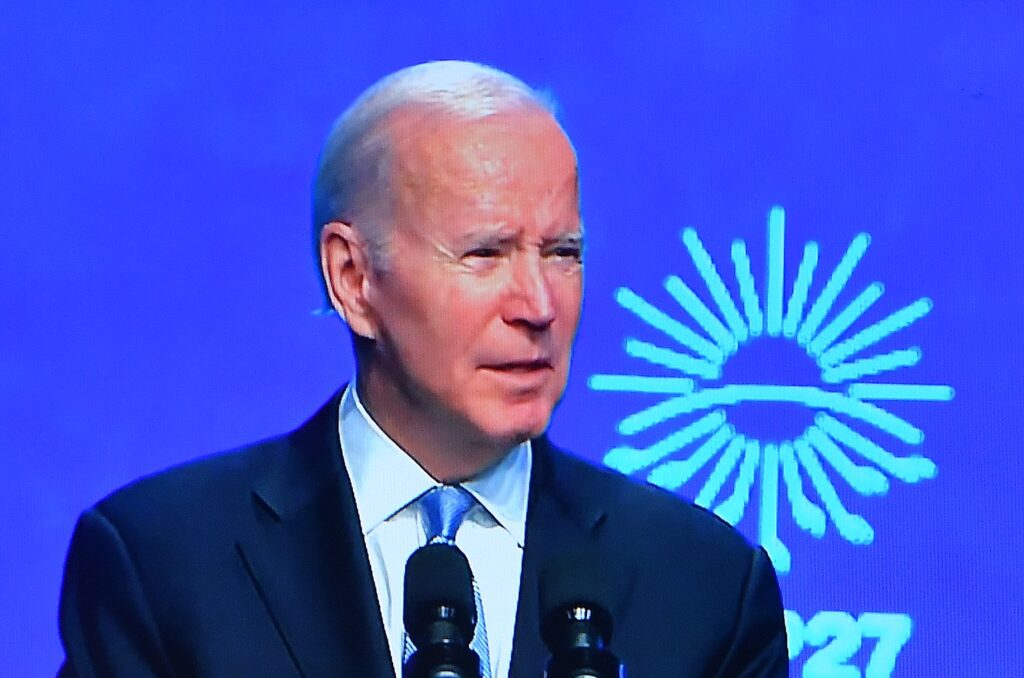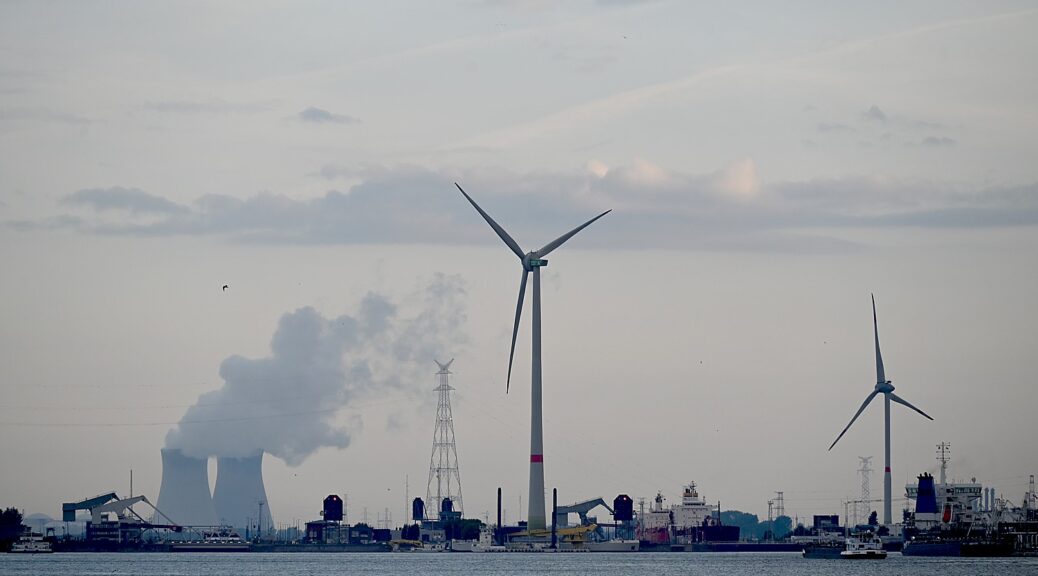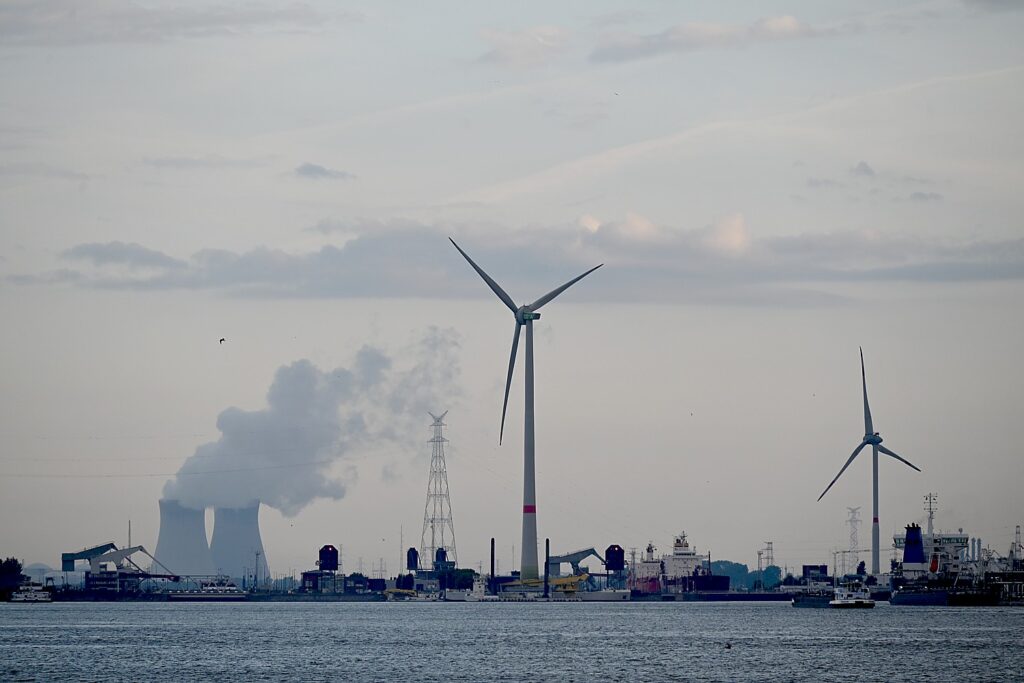Two years of progress to catalyze a new clean energy industry, deliver for workers and communities, and protect biodiversity and ocean co-use. The White House provided this fact sheet:
Two years ago today, President Biden set a goal of deploying 30 gigawatts of offshore wind electricity generation by 2030—enough to power more than 10 million American homes with clean energy, while creating good-paying jobs in the United States across manufacturing, shipbuilding, port operations, construction, and other sectors. Since then, the Biden-Harris Administration’s transformative actions have jumpstarted the offshore wind industry across the country.
Today at the International Offshore Wind Partnering Forum in Baltimore, White House National Climate Advisor Ali Zaidi outlined ten ways the Administration is making progress toward the 2030 goal, and is on a path to 110 gigawatts by 2050. Building on two years of decisive action, today the Administration is making new announcements on offshore wind cost reduction pathways, innovation strategies, and more. Last year alone, American offshore wind investments tripled, with an additional $10 billion that spans across the nation—from factories in the heartland to coastal communities along the Atlantic, Pacific, and Gulf of Mexico. Through the President’s Investing in America agenda, more progress is ahead in the development of stronger supply chains, upgraded infrastructure, and a growing clean energy economy.
In addition to expanding economic opportunities for American workers and communities, offshore wind deployment will strengthen the nation’s energy security, make the power grid more reliable while lowering costs, and reduce dangerous climate pollution. The Biden-Harris Administration is committed to delivering these benefits by advancing offshore wind development responsibly, in partnership with states, Tribes, coastal communities, and a wide range of stakeholders, with data-driven decisions to protect marine ecosystems and promote ocean co-use.
The Administration is supporting offshore wind through actions across the Departments of the Interior, Energy, Commerce, Transportation, and other federal agencies, including these ten key ways:
- Wind Energy Areas off Every Coast: The Department of the Interior (DOI) released a first-ever offshore wind leasing strategy, which includes holding up to seven offshore wind lease sales by 2025. This strategy provides two crucial ingredients for success: more certainty for industry, and transparency for stakeholders and ocean users. As part of this strategy, DOI’s Bureau of Ocean Energy Management (BOEM) held historic offshore wind lease sales in the New York Bight, Carolina Long Bay, and northern and central California. In support of potential lease sales in the Gulf of Mexico, Central Atlantic, Gulf of Maine, and offshore Oregon, BOEM is partnering with the National Oceanic and Atmospheric Administration (NOAA) on advanced spatial modeling to identify sites with the fewest conflicts and environmental impacts. President Biden’s Inflation Reduction Act provides opportunities for offshore wind lease sales off the coasts of Florida, Georgia, South Carolina, North Carolina, and the U.S. Territories.
- Investing in Workers and Communities: To advance renewable development of the outer continental shelf, DOI has introduced innovative provisions to support workforce training and union-built projects, domestic supply chain development, and community benefit agreements—including with Tribes and stakeholder groups. The Department of Energy (DOE) has charted a path to grow and train an American workforce to fill tens of thousands of jobs across the offshore wind industry. Efforts to help more communities share in offshore wind opportunities include Department of Commerce economic development grants; BOEM collaborations to deliver benefits to disadvantaged communities; and DOE funding for social science and capacity building to help communities more effectively participate in and capture benefits from offshore wind energy development.
- Made in America Supply Chains: The Administration is working to swiftly implement the Inflation Reduction Act’s historic suite of clean energy tax credits, including a manufacturing tax credit to support U.S. production of offshore wind components such as blades, nacelles, towers, and foundations. To support specialized shipbuilding, the Department of Transportation’s Maritime Administration (MARAD) designated offshore wind vessels as the first category to receive priority for review through the Federal Ship Financing Program. DOE is providing a range of financial support to the offshore wind supply chain, including through the Loan Programs Office and the Advanced Materials and Manufacturing Technologies Office, and working with industry and state partners to fill key gaps identified by the U.S. Offshore Wind Supply Chain Roadmap.
- Responsible and Efficient Permitting: DOI approved the nation’s first large-scale offshore wind projects, Vineyard Wind and South Fork Wind, both now under construction and being built by union labor. DOI and BOEM are on track to complete reviews of at least 16 project plans by 2025, representing more than 27 gigawatts (GW) of clean energy, and has proposed reforms to modernize this process and save $1 billion over 20 years. NOAA has advanced a range of environmental reviews, regulatory authorizations, and consultations to ensure protection of coastal and marine resources. Offshore wind is also a focus of the Administration’s Permitting Action Plan, bringing together federal agencies, White House offices, and the Federal Permitting Improvement Steering Council to promote efficient reviews guided by the best available science and Indigenous Knowledge.
- Transmission Planning and Buildout: To support the infrastructure needed to connect projects to the grid, DOE and BOEM have developed draft recommendations for an action plan on Atlantic offshore wind transmission, following a series of stakeholder convenings. A full action plan will follow, informed by the Administration’s Atlantic Offshore Wind Transmission Study. Similar efforts are underway along the Pacific, with DOE using Inflation Reduction Act funds for a West Coast Offshore Wind Transmission Study. Both the Bipartisan Infrastructure Law and Inflation Reduction Act provide funding for grid upgrades that can support the offshore wind industry.
- Port Infrastructure Upgrades: With additional support from the Bipartisan Infrastructure Law, MARAD awarded grants last year through the Port Infrastructure Development Program (PIDP) that included nearly $100 million for port projects that will advance offshore wind deployment—from staging and assembly facilities for turbine components to docks for specialized vessels. For Fiscal Year 2023, more than $660 million in PIDP funding is available for port-related infrastructure projects, which can include support for a range of clean energy opportunities. DOE and the National Renewable Energy Laboratory are advancing a West Coast Ports Strategy to support strategic planning for a collaborative port network to support installation, operation, and maintenance activities.
- Floating Offshore Wind Targets: Deep-water areas that require floating platforms are home to two-thirds of America’s offshore wind energy potential, including along the West Coast and in the Gulf of Maine. To seize these opportunities, DOE launched the Floating Offshore Wind Shot aiming to reduce costs by more than 70% by 2035. DOE, DOI, and the Departments of Commerce and Transportation hosted an inaugural summit convening federal, state, Tribal, labor, industry, and community leaders to advance U.S. leadership, and DOE is advancing foundational science and prize competitions to accelerate breakthroughs. DOI set a goal to deploy 15 GW of floating offshore wind capacity by 2035—enough to power over five million American homes.
- Federal-State Offshore Wind Implementation Partnership: President Biden brought together eleven East Coast governors to launch the Federal-State Offshore Wind Implementation Partnership, with states working alongside the Administration to maximize the benefits of offshore wind development for workers and communities. With offshore wind leasing advancing beyond the Atlantic, both California and Louisiana joined the Partnership to collaborate with federal agencies and other states on priorities including building an American supply chain and skilled workforce for offshore wind.
- Innovation and Research: DOE, in partnership with other agencies, is supporting next-generation offshore wind technologies (including for advanced turbine manufacturing and project operations and maintenance), advancing innovative approaches to environmental monitoring and ocean co-use, and more. These research, development, demonstration, and deployment efforts are a key part of DOE’s new Department-wide strategy to support the Administration’s offshore wind goals, building on last year’s Offshore Wind Energy Strategies Report outlining initiatives to accelerate cost-effective, reliable U.S. offshore wind deployment.
- Cross-Cutting Efforts for Responsible Deployment: The Biden-Harris Administration is taking a holistic approach to advancing offshore wind in concert with other priorities. These cross-cutting efforts include the nation’s first Ocean Climate Action Plan, detailing offshore wind actions that are part of broader efforts to ensure a robust and sustainable ocean economy; the NOAA-BOEM draft joint strategy to protect and promote recovery of North Atlantic right whales while responsibly developing offshore wind energy; and a NOAA-BOEM joint strategy to mitigate impacts of offshore wind on NOAA Fisheries surveys in collaboration with other ocean users, including fishermen’s local ecological knowledge and Indigenous Knowledge.

